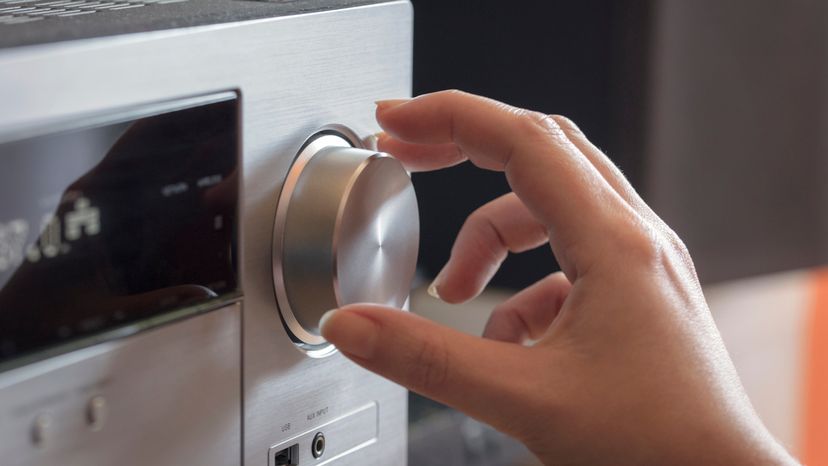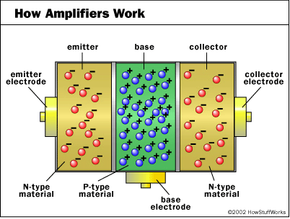
Key Takeaways
- Amplifiers boost the power of audio signals using transistors, which are made from semiconductors like silicon that have been modified through a process called doping.
- The transistor in an amplifier typically involves a three-layer structure with p-type and n-type semiconductors, allowing it to control the flow of electrical current.
- Amplifiers create a pathway for electric charge to flow by manipulating zones of free electrons and holes, enhancing audio signals for output to speakers.
When people refer to "amplifiers," they're usually talking about stereo components or musical equipment. But this is only a small representation of the spectrum of audio amplifiers. There are actually amplifiers all around us. You'll find them in televisions, computers, portable CD players and most other devices that use a speaker to produce sound.
Sound is a fascinating phenomenon. When something vibrates in the atmosphere, it moves the air particles around it. Those air particles in turn move the air particles around them, carrying the pulse of the vibration through the air. Our ears pick up these fluctuations in air pressure and translate them into electrical signals the brain can process.
Advertisement
Electronic sound equipment works the same basic way. It represents sound as a varying electric current. Broadly speaking, there are three steps in this sort of sound reproduction:
- Sound waves move a microphone diaphragm back and forth, and the microphone translates this movement into an electrical signal. The electrical signal fluctuates to represent the compressions and rarefactions of the sound wave.
- A recorder encodes this electrical signal as a pattern in some sort of medium -- as magnetic impulses on tape, for example, or as grooves in a record.
- A player (such as a tape deck) re-interprets this pattern as an electrical signal and uses this electricity to move a speaker cone back and forth. This re-creates the air-pressure fluctuations originally recorded by the microphone.
As you can see, all the major components in this system are essentially translators: They take the signal in one form and put it into another. In the end, the sound signal is translated back into its original form, a physical sound wave.
In order to register all of the minute pressure fluctuations in a sound wave, the microphone diaphragm has to be extremely sensitive. This means it is very thin and moves only a short distance. Consequently, the microphone produces a fairly small electrical current.
This is fine for most of the stages in the process -- it's strong enough for use in the recorder, for example, and it is easily transmitted through wires. But the final step in the process -- pushing the speaker cone back and forth -- is more difficult. To do this, you need to boost the audio signal so it has a larger current while preserving the same pattern of charge fluctuation.
This is the job of the amplifier. It simply produces a more powerful version of the audio signal. In this article, we'll see what amplifiers do and how they do it. Amplifiers can be very complex devices, with hundreds of tiny pieces, but you can get a clear picture of how an amplifier works by examining the most basic components. In this next section, we'll look at the basic elements of amplifiers.
Advertisement


